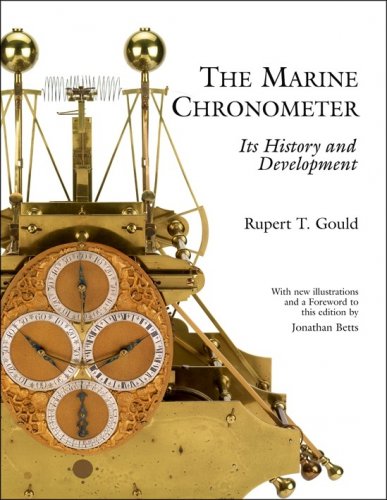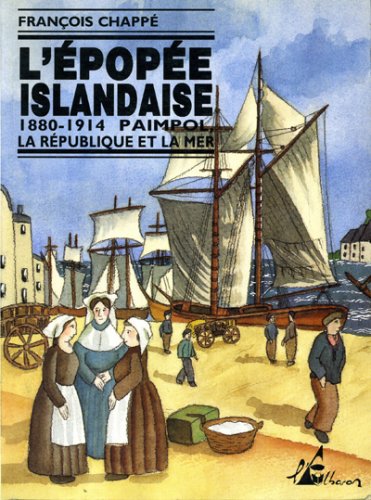Marine chronometer
its history and development
Marine chronometer
its history and development
- Disponibile in 7 giorni
- Possibilità di reso entro 10 giorni lavorativi
- Transazione sicura con carta di credito, Paypal o bonifico bancario
- Spedizione tracciata con SDA
This long-awaited new edition of Gould's seminal text on the development of the marine chronometer not only faithfully reproduces the original, but also includes the author's own extensive notes, made in preparation for a second edition. These amendments, additions and sketches are carefully placed to clearly distinguish them from the original text. The volume also includes an insightful Foreword by Jonathan Betts, as well as a new gallery of 65 images, comprising portraits, up-to-date photographs and black and white images from Gould's collection. First published in 1923, The Marine Chronometer comprehensively outlines the earliest attempts to measure longitude. The definitive work of reference on the subject, it includes exhaustive discussions and diagrams of the important mechanisms, as well as details of their inventors. The first machines capable of accurately determining a ship's longitude were invented by Yorkshire carpenter John Harrison (1693-1776). Astonishingly, the craftsman was self-educated and had never served a day's apprenticeship to a clockmaker. This tome outlines the remarkable story of Harrison's marine timekeepers, which eventually won him the £20,000 reward offered in 1714 by the British Government for any means of accurately determining a ship's longitude. Gould also looks, in detail, at the inventions of other important scientists and pioneers such as Huygens, Thacker, Sully and Leibnitz, as well as the work of professional watchmakers including Ditisheim, Ulrich, Earnshaw, Arnold, Berthoud, Mudge and Le Roy. His fluent style and expertise allow the reader to understand technical matters that, in the hands of another writer, might prove less than clear.









